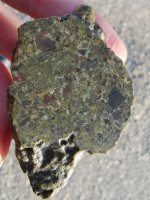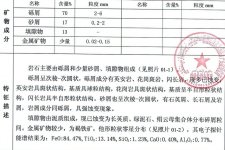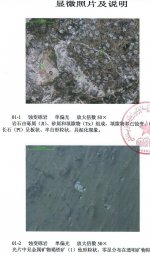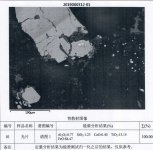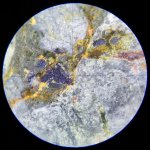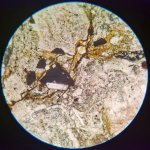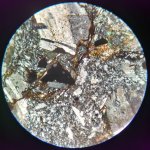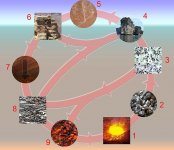okstone
Jr. Member
- Apr 19, 2020
- 32
- 18
- Primary Interest:
- Other
This is a stone found in the desert of Xinjiang, China, with a total mass of 1.5kg, medium magnetism and a density of 2.7g/cm3. One of the pieces is shown in the picture. It looks unusual, and there seems to be a lot of metal highlights < 1mm on the section. The last two pictures were taken under a 500 fold reflected light microscope.
Could it be a achondrite?I will be very grateful.
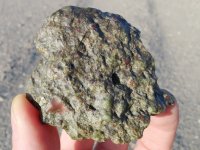
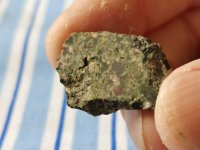
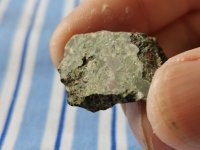
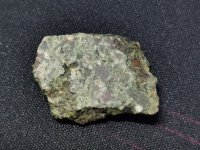
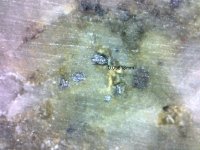
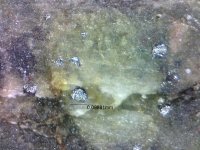
Could it be a achondrite?I will be very grateful.








